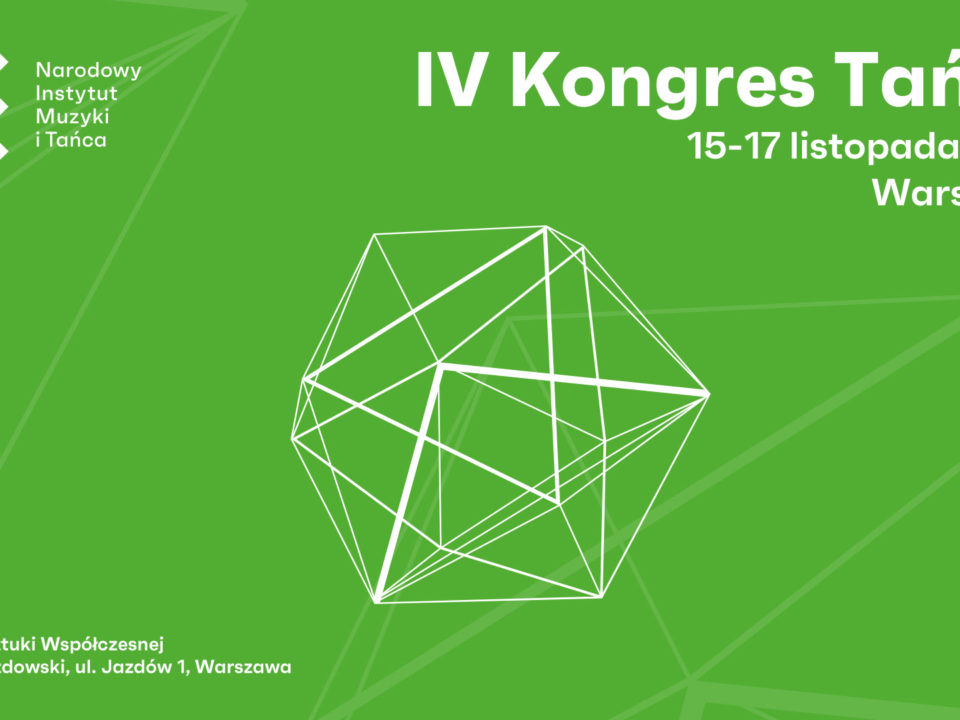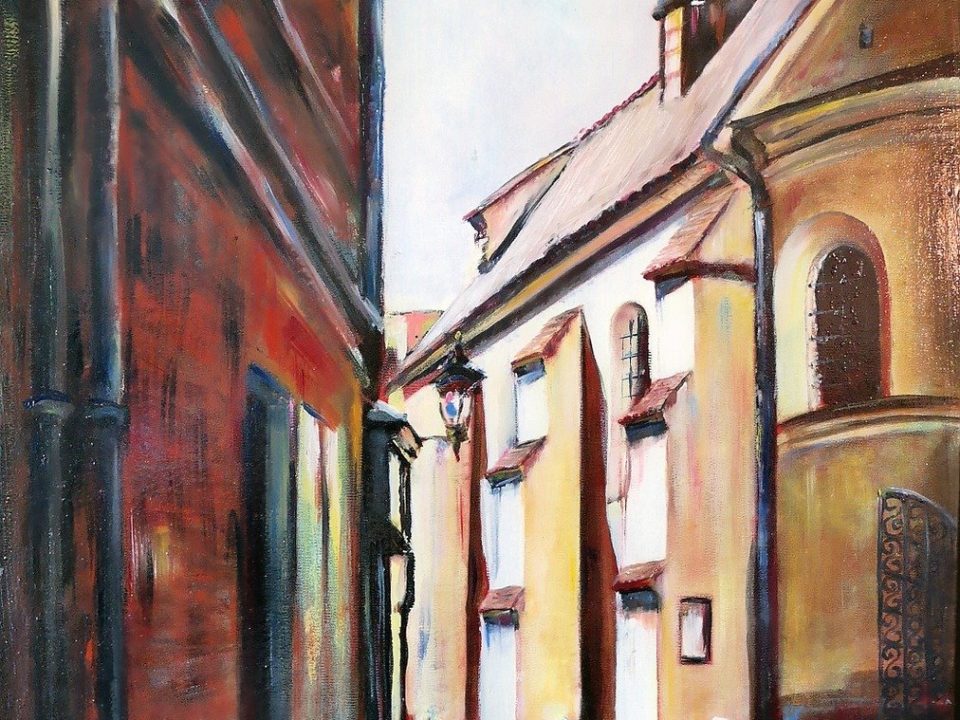
Marta Moldovan-Cywińska: Usta z defektem
2025-08-09
Stefan Dziekoński: Kroniki Mytresy. Sztyletownik
2025-08-10Miecislaus Haiman:The Poles in Chicago

Chicago Poles in World War I
"The Polish boys were the first and most numerous to respond when the call to arms was sounded. Their willingness to enlist and fight under the American flag won repeated praise from the highest military authorities in this country. There is not one casualty list that does not contain some names of American soldiers of Polish birth who paid the supreme sacrifice on the battlefields of France. The average number killed exceeded twelve percent. And as there are not quite four percent of Polish people among the population of the United States this fact indicates that the Poles in that war were doing more than three times their share, that they were not one-hundred, but three-hundred percent American."
The first Chicago boy killed in this war was a Pole, Peter Wojtalewicz of Company G, Eighteenth Infantry. His memory was honored by a special resolution of the city council. Two Polish boys one from Chicago, the other from Milwaukee, captured the first German prisoner taken by the American Army in France. Altogether about ten thousand Poles from Chicago served under the American flag on the battlefields of the World war.
Ihe Polish National Committee, with headquarters in Chicago, under the leadership of Ignace J. Paderewski, John F. Smulski and Bishop Rhode, enlisted nearly all the American Poles in the cause of democracy. This Committee formed the central body of Polish organizations throughout the country, coordinating all Polish war activities. Besides doing their duty toward America in a "three hundred percent" way, the Committee also helped to organize the Polish Army in France, the purpose of which was to fight for the freedom of Poland. About 25,000 American Poles, among them approximately 3,000 Polish volunteers from Chicago, served in this army. Millions of dollars in cash and materials were collected by the Committee for the rehabilitation of Poland.
Cultural Contributions
The Polish element in Chicago contributed richly to the artistic advancement of our city. The earliest local Polish musician was probably Sylwester Lawinski, a very fine violinist, who opened a music store on State street, near 12th St., about 1866, and conducted it for many years. Another distinguished Polish musician was Count Napoleon Ledochowski, pianist and painter, who settled here in 1870, and opened a Conservatory of Music. Among other Polish artists were Anthony Mallek (b. 1861, d. 1917), an able organist and composer, Agnes Nering (b. 1876, d. 1922) who won well deserved fame as a singer; and Thaddeus Zukotynski, an early Polish painter (b. ab. 1860, d. ab. 1910), pupil of the renowned Matejko. His beautiful murals and pictures still adorn many Polish churches in Chicago and vicinity. Sister Mary Stanisia of the School Sisters of Notre Dame, a contemporary Polish American artist, was a pupil of Zukotynski. Casimir Chodzinski (b. 1861, d. 1919) was the sculptor of Kosciuszko's monument in Chicago and of Pulaski's in Washington, D. C. Felicia Benda Modjeska (b. ab. 1870, d. 1936), was also a very fine Polish sculptress.
The first Polish drama was performed in the city in 1873 by the "Gmina Polska," the second oldest Polish local society.
The first book by a Polish author to be published in Chicago was "Poets and Poetry of Poland" by Paul Sobolewski (b. 1818, d. 1884), veteran of the Polish Revolution of 1831. This work, printed by Knight and Leonard and published for the first time in 1881, went through several editions and is still quite popular. Other local Polish writers wrote for the most part in Polish. Among them, Szczesny Zahajkiewicz (b. 1861, d. 1917), a highly talented poet, deserves special mention. Dr. Anna Wyczolkowska (b. 1870, d. 1929) published several works in the fields of psychology, both in Polish and English. She was also a talented musician. Several Polish free public libraries are maintained by various organizations. The largest, supported by the Polish National Alliance, contains about 20,000 volumes ; The Polish Roman Catholic Union, besides a library of 7,000 volumes, maintains the Polish Archives and Museum, initiated by its President Joseph L. Kania, in 1935. This institution houses a large collection of material pertaining to the history of Poles in the United States.
The Poles also contributed talent from beyond Chicago to ennoble the life of the city. In 1876, Henryk Sienkiewicz, the famous author of "Quo Vadis," visited the city. In his "Listy z Podrozy," (Letters of Travel) he left a very enthusiastic, though brief, description of the city, then just rising from the ashes of the great fire. In 1878, Helena Modjeska (b. 1840, d. 1909), the great Shakespearean actress, performeed for the first time in Chicago, and was delighted with the city. "It was wonderful to hear Modjeska play," says Edgar Lee Masters in his reminiscences. Probably the first Polish traveling musician to give a concert in the city was Henry Wieniawski (b. 1835, d. 1880), the famous violinist, who visited Chicago in 1872. Madame Marcella Sembrich-Kochanska, brilliant opera singer, made her Chicago debut at the Auditorium about 1890 with great success. Ignace Jan Paderewski played here for the first time in 1891. He said at the time: "As to the cities of the Great West, Chicago is perhaps the most sensitively responsive to the charm of music." The famous singers, Jean and Edouard de Reszke, performed in a series of operas that same year. To them, according to Clara Leiser, their biographer, belongs the honor of inaugurating "The Golden Age of Music" in Chicago. In the last several decades other Polish musicians and singers have won acclaim and among Chicago contemporaries, there are many highly talented artists of Polish origin.
This brief skeach on the Poles in Chicago is best summarized by the following excerpts from one of the appeals issued recently by the Polish Committee of the Chicago Centenary Day celebration, appointed by the Hon. Edward J. Kelly, Mayor.
"We, Poles, have played an important part in the life and growth of Chicago. We comprise the largest foreign nationality group here, and are splendidly organized. We maintain the greatest number of schools and churches of our own. We have a prominent place in business, politics and science. We have talented artists, excellent choirs, our own press and our organizations.
"A very great part of Chicago was built by the Polish people. Numerous machines and implements, which are produced in the factories of Chicago, are the output of Polish workmen. There probably is not one public affair in which the Poles do not participate according to their ability. We are fulfledged and well deserving citizens of Chicago, entitled to all the privileges of citizenship."
Miecislaus Haiman, The Poles in Chicago ( fragment) in:
Leon T. Zglenicki, Poles of Chicago, 1837-1937; a history of one century of Polish contribution to the city of Chicago, Illinois; Chicago 1937
Photo: Pixabay




